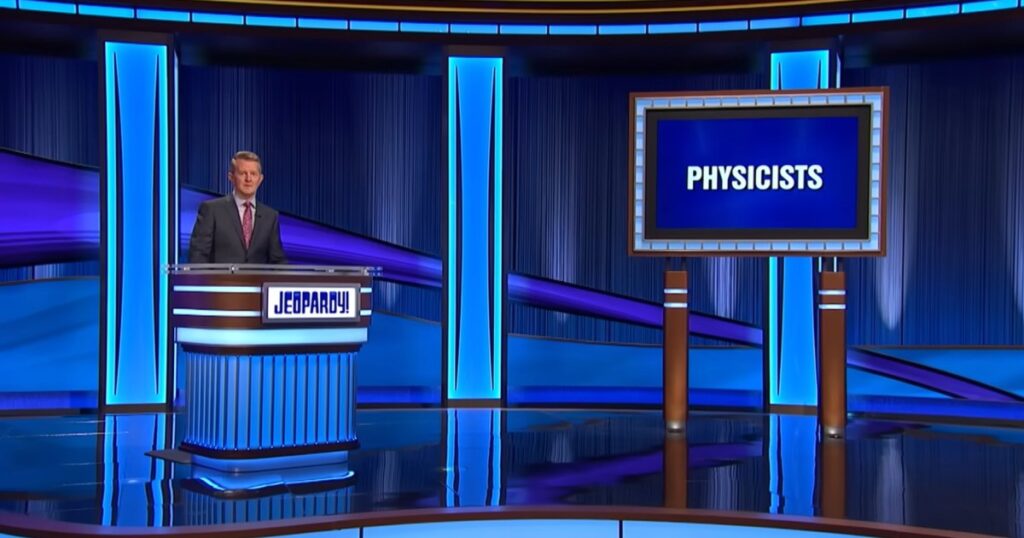The Final Jeopardy clue for Monday, September 2, 2024 can be found below. We’ve only got a week before Season 41 finally begins, but for now we’ll still in the throes of the 2024 Jeopardy Invitational Tournament. The semifinals continue from the last match with three former contestants with Andrew He from California, Larissa Kelly from California, and Sam Kavanaugh from Minnesota. This episode is a re-run of the April 3 episode this year, so it’s possible that you’ve seen this clue before. Here’s the question and answer for Final Jeopardy on 9/2/2024, along with the wagers and ultimate winner of the match.
Final Jeopardy Question for September 2
The Final Jeopardy question for September 2, 2024 is in the category of “Physicists” and has the following clue:
This man with a force named after him published an 1835 scientific treatise on the physics of billiard balls
As usual, the correct response to this clue can be found at the end of this guide, so that you have the opportunity to work out the answer.
Final Jeopardy Wagers and Winner for September 2
Surprisingly, tonight’s highly-contested match for September 2 was a runaway, with Andrew winning the match without needing to answer the Final Jeopardy clue. That said, he still provided the correct response, and he was the only one to do so.
Andrew had a commanding lead of $32,000 at the start of the segment. Thus, he didn’t wager any money and secured the win.
With $13,200 in the bank, Larissa risked $1,000 and ended up in second place with $12,200 without providing a response. Sam also couldn’t come up with an answer, but he didn’t wager any money, leaving with $9,200 in third place.
Final Jeopardy Answer for September 2
The correct answer for Final Jeopardy on September 2, 2024 is “Who is Coriolis?”
The Coriolis effect, which is a force caused by the rotation of the Earth, is named after physicist Gaspard-Gustave Coriolis. The effect was detected earlier by other people, but it was fully described by Coriolis in 1835. In fact, it was originally called the “acceleration of Coriolis” before it was more formally called the “Coriolis force.” While this force does have an effect on how water spirals down a drain, it’s essentially negligible in the face of the motion of the liquid.

